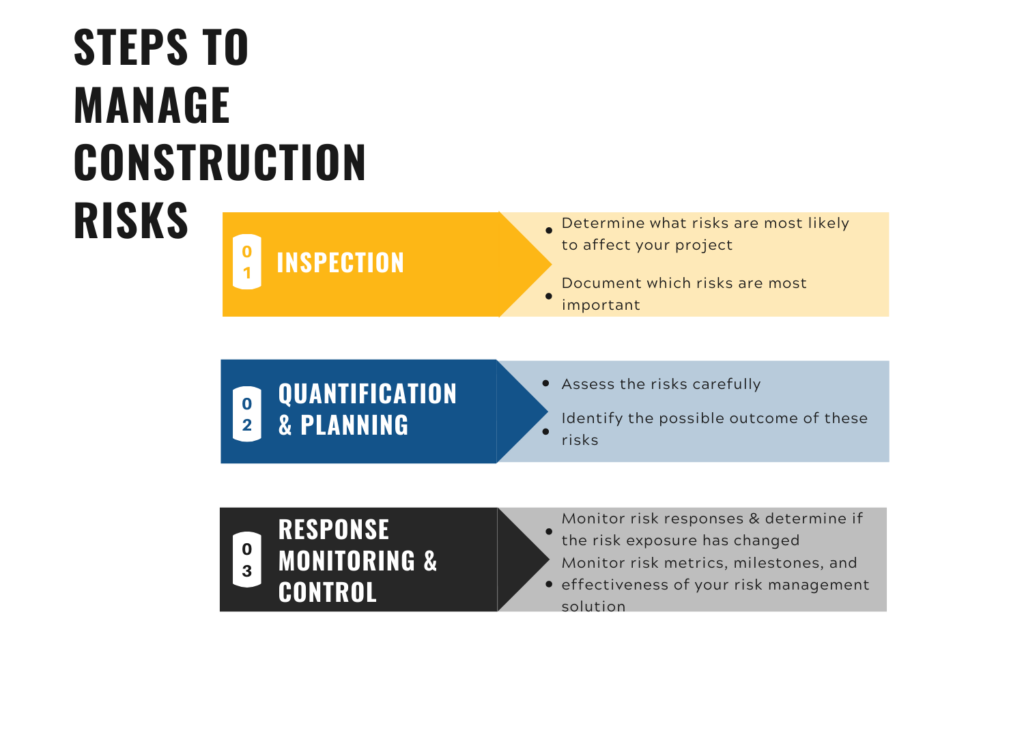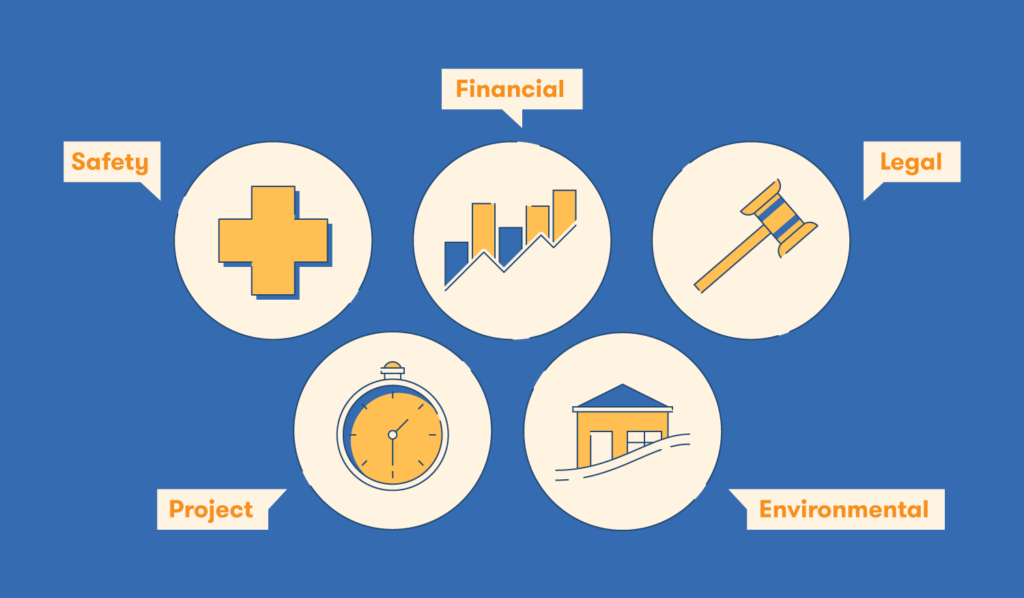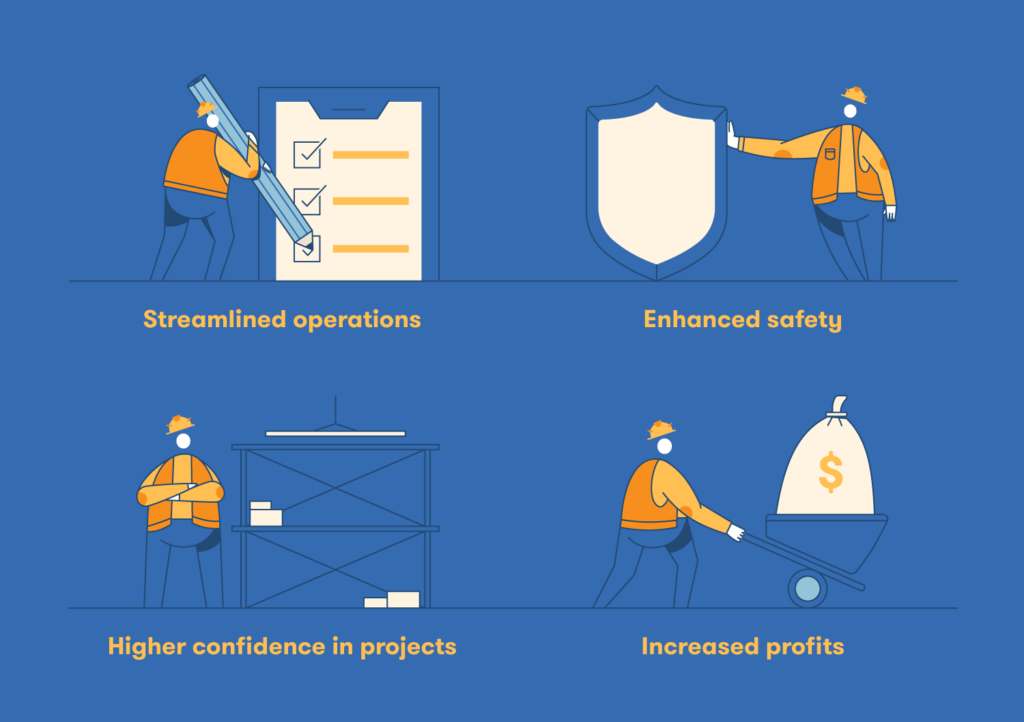
| Construction project risk management is one of the most vital functions of cost estimation |
| Construction can be precarious. Budget-busting design omissions, unforeseen conditions and everything in between can affect a project’s bottom line; for this reason, construction project risk management is one of the most vital functions of cost estimation. Risk management practices in construction project management aim to prevent or reduce exposure to threats while mitigating the effects of various hazards. |
Common risk factors on construction projects include:
Feasibility. The decision to go ahead with a project hinges on the notion of a financially viable outcome. If such a decision is based on erroneous information, the project will likely end up being more expensive than predicted.
Design. Construction design is a sophisticated process where multiple disciplines must interface seamlessly to ensure the project’s success. Unfortunately, even peer reviews cannot always avert human error and overlooked design omissions and lack of coordination may cause the project budget to increase.
Funds. Construction projects large and small rely on a steady stream of funds to cover expenditures. If the cash flow stream is slow or abruptly halts, the project may face debilitating schedule delays, souring relationships between stakeholders, litigation, and ultimately a blow to the bottom line.
Commercial viability. Construction schedule delays happen for a wide array of reasons, but inevitably, all have some degree of impact on the project’s cost.
Inaccurate quantity takeoffs. During the bidding stage, erroneous quantity surveying can cause severe repercussions. Depending on the type of contract, the contractor or owner may be liable for cost-overruns.

Subcontractors not honoring their price commitments. During estimating, a general contractor relies on subcontractors’ bids to forecast costs for various construction activities. For economic reasons, subcontractors and manufacturers may not be able to honor the prices they’ve stated in their bids to the general contractor.
Chosen methods and materials cannot be used during construction. The choice of construction methods and materials inevitably forms the basis of a project’s budget. If the selected materials are unavailable, or the methods are deemed unsuitable once construction gets underway, delays, cost overruns, and change orders may begin to plague the project.
Unexpected conditions emerging during construction. This is a significant hazard on renovation projects, as faulty conditions in existing buildings may be difficult to pinpoint without costly, invasive investigations. Renovation estimates often contain sizeable contingencies to cover unforeseen expenses. The same is true for underground conditions on new construction projects.
Injuries and deaths. Due to the harsh nature of construction activities, construction is one of the most dangerous industries in the country. The Bureau of Labor Statistics estimates that every year, 150,000 accidents occur on construction sites across the country. Even with Workers’ Compensation Insurance, injuries and fatalities can lead to delays, costly lawsuits and incur additional expenses.
Inclement weather. Excessive rain or snow, as well as intense heat and cold, can affect various construction materials and machinery, thus disrupting operations and delaying the project. Certain activities are particularly reliant on favorable weather conditions; for example, concrete placement is unadvisable in extremely low temperatures, while scaffolding and steelwork operations may be affected by electrical storms and high winds.
Damage to property. Theft of materials, vandalism, and fires can have wide-ranging consequences for construction projects. Stolen materials and equipment may lead to additional expenses, while fires may cause drastic schedule delays.

